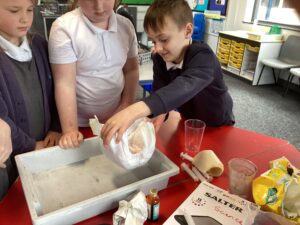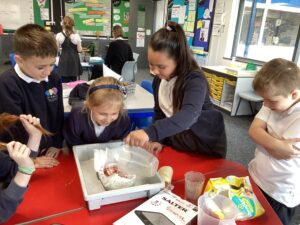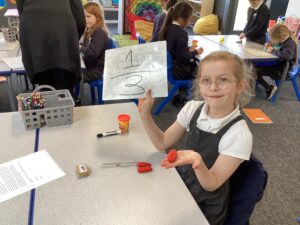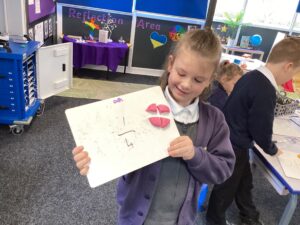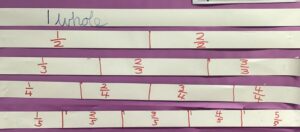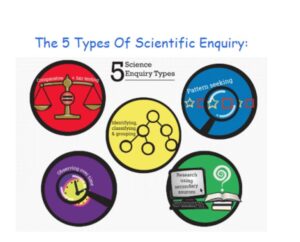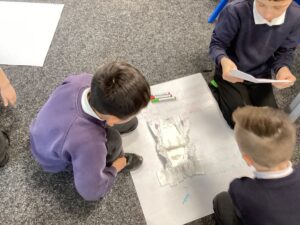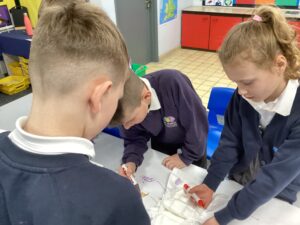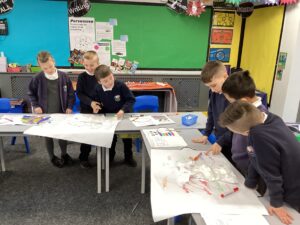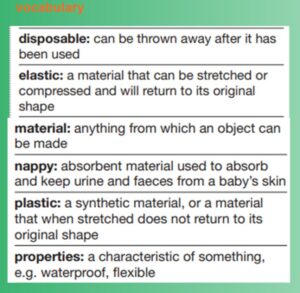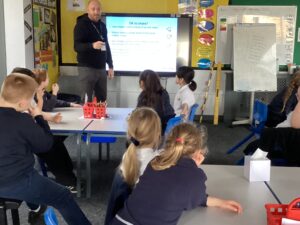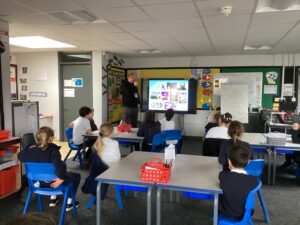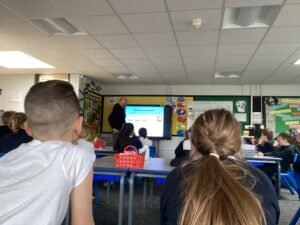We made predictions first. In groups, we then started our experiment. First, we felt and weighed the nappy. It was only 19g and felt very light!

We put red food colouring into the water to make it clearer to see the liquid being absorbed into the nappy.
We then started pouring 100ml of water on the nappy. We continued feel the weight of the nappy and found out that it got heavier as we increased the amount of water.
Although no liquid came through the nappy, after we had poured 1000 ml (or 1 litre) onto water, it started to sit on the top of the nappy. We decided it was no longer absorbing the water.
Following this, we weighed the nappy again; it was 763g. We couldn’t believe how much liquid a nappy can actually absorb!
